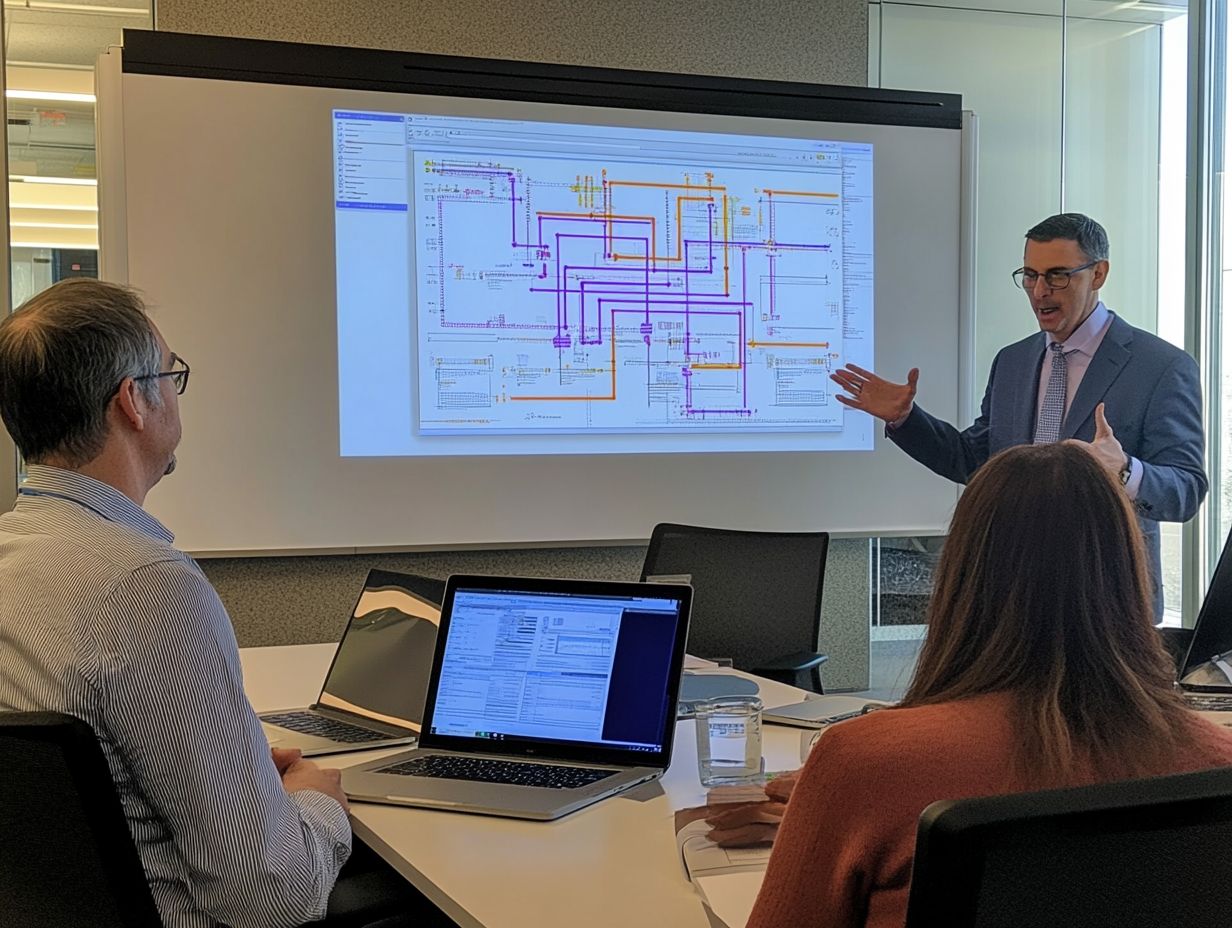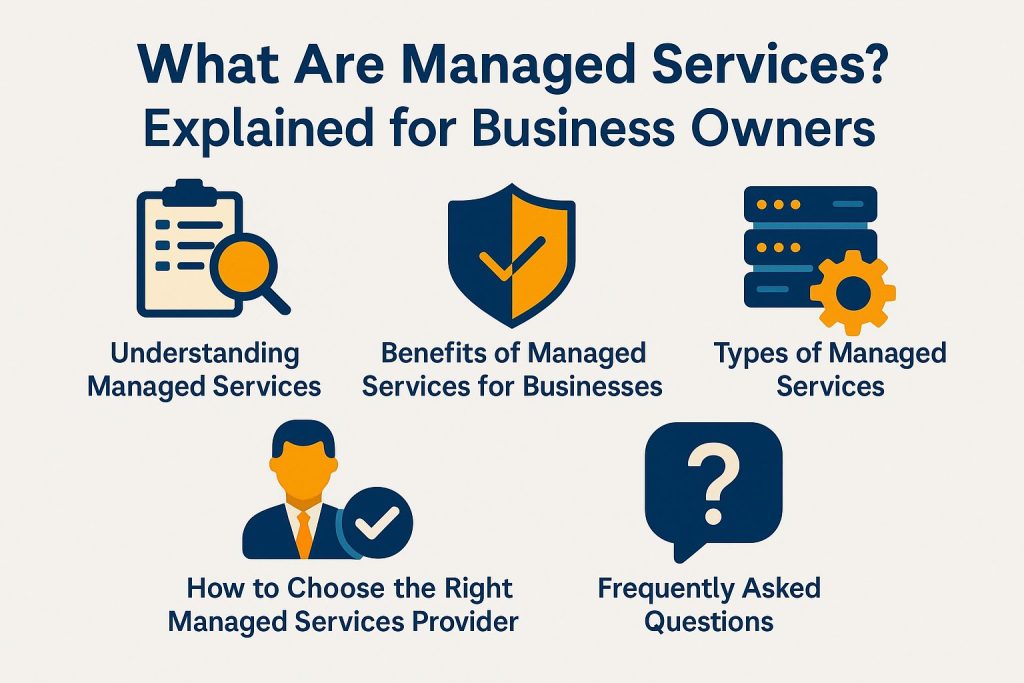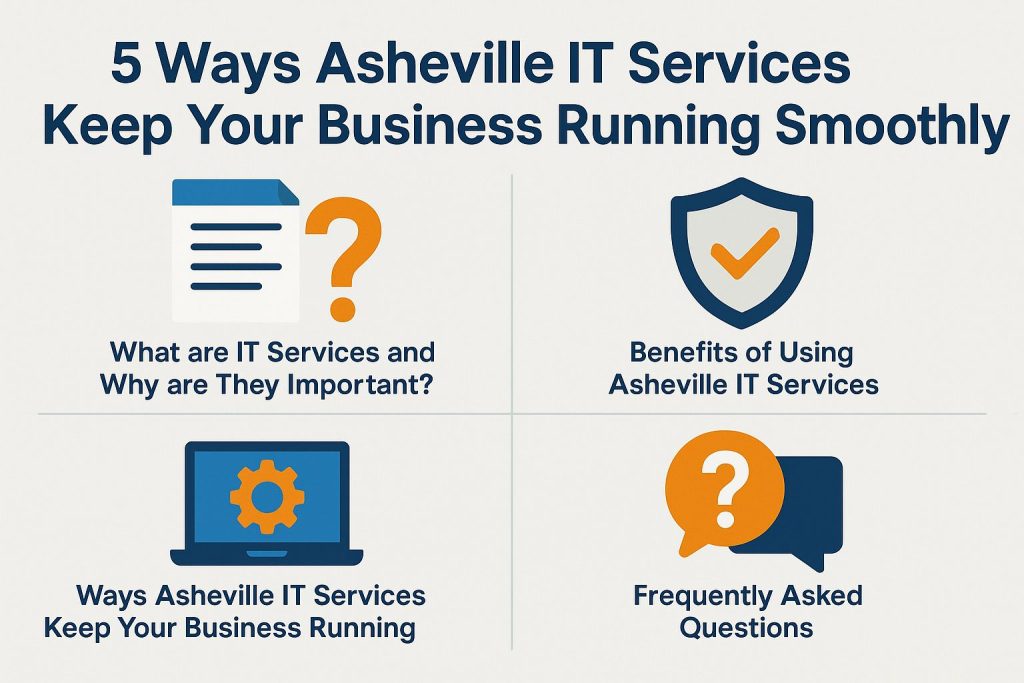Integrating IT Services for Seamless Business Operations

In today’s business world, integrating IT services is essential for smooth operations and growth.
This outlines integration benefits such as better efficiency, cost savings, and improved communication.
It also discusses common challenges in integration and offers strategies to overcome them.
Leveraging IT services helps organizations achieve greater success.
Understanding IT Services Integration
Understanding IT services integration is vital. It enhances efficiency, ensures smooth operations, and supports business continuity.
In the digital age, integrating IT services like cloud computing and automation is essential.
This integration supports digital transformation and aligns with IT strategy.
By managing IT infrastructure with automation, businesses optimize workflows and enhance security, leading to better user experience and higher productivity.
Definition and Importance for Businesses
IT services integration combines various IT functions into a cohesive system. This ensures data security and reliable IT support for operational efficiency and business agility.
By using managed services, companies streamline IT processes to align with business goals, ultimately driving success in an increasingly competitive landscape.
The merging of IT systems minimizes silos and improves collaboration among employees through advanced communication platforms, thereby improving overall productivity.
Organizations must invest in strategies that protect data to strengthen cybersecurity and ensure data privacy.
IT support offers timely assistance to prevent disruptions and ensure compliance with evolving regulations. By adopting managed services, organizations gain expert knowledge. This helps them anticipate challenges and adapt to market changes, which is vital for growth and data security.
Benefits of Integrating IT Services
Integrating IT services provides efficiency, cost savings, and improved communication across departments. A strong IT strategy optimizes workflows and integrates applications effectively, maximizing operational potential.
This approach streamlines processes and improves resource allocation, facilitating better process improvement initiatives, and fostering stronger collaboration among teams.
Ultimately, this leads to a better user experience and higher productivity throughout the organization, enhancing business alignment and operational resilience. For an extensive analysis of this trend, our 24/7 Tech Support – Managed IT Services Asheville can provide deeper insights into how managed services can further optimize your IT strategy.
Efficiency, Cost Savings, and Improved Communication

IT services integration automates tasks and optimizes processes for cost savings. The adoption of collaboration tools and advanced data management practices improves communication and ensures timely information sharing.
Automation allows employees to focus on growth and innovation.
Integrated systems enhance information flow, reducing errors and speeding up decision-making. As a result, decision-making is faster.
Dismantling silos boosts collaboration and creativity across departments.
Unified platforms save costs by minimizing the need for multiple software solutions. This minimizes overhead costs while providing comprehensive IT asset management. Ultimately, better communication and efficiency empower employees to achieve more in less time, giving organizations a competitive edge.
Challenges and Solutions for Integration
Integrating IT services has many benefits but also poses challenges that organizations must overcome for success.
Common obstacles include IT governance, risk management, and compliance standards.
Organizations need a strategic approach to address these challenges. This includes planning, collaboration, and performance monitoring, following the ITIL framework.
Addressing Common Obstacles and Strategies for Success
Strong strategies like change management help overcome integration obstacles. Organizations must monitor performance to evaluate integration effectiveness and make necessary adjustments in real-time.
Fostering an agile culture helps businesses embrace change. It ensures IT integration aligns with long-term goals, enhancing resilience.
To achieve these objectives, it is essential for organizations to engage stakeholders at all levels, ensuring employees understand integration benefits and feel invested in the process. Training programs equip staff with skills for new technologies, while regular feedback loops can facilitate the early identification of potential issues.
Clear success metrics help evaluate progress. This allows for timely interventions and proper resource allocation as needed. By incorporating these elements into the overall strategy, organizations not only manage change more effectively but also cultivate an environment conducive to sustained growth and innovation (with support services like 24/7 Tech Support – Managed IT Services Asheville available to bolster IT resilience).
Frequently Asked Questions

What does integrating IT services mean for business operations?
Integrating IT services means combining tools to improve business efficiency and productivity.
How can integrating IT services benefit a business?
Benefits include streamlining processes, reducing costs, and improving communication and collaboration through productivity tools.
What are some common IT services that are integrated for business operations?

Common integrated IT services include cloud computing, data management, cybersecurity, customer relationship management, IT consulting, and project management systems.
How does integrating IT services impact communication within a company?
Integrating IT services improves communication by providing tools for sharing information, leading to better decision-making and problem-solving.
What are some potential challenges when integrating IT services for seamless business operations?
Challenges include compatibility issues between different systems, data security concerns, the need for employee training, and ensuring effective incident management and timely incident response.
How can a company ensure successful integration of IT services for seamless business operations?
A company should plan integration carefully and communicate effectively with stakeholders. Conduct thorough testing and user training. Monitor and adapt to changes continuously.




